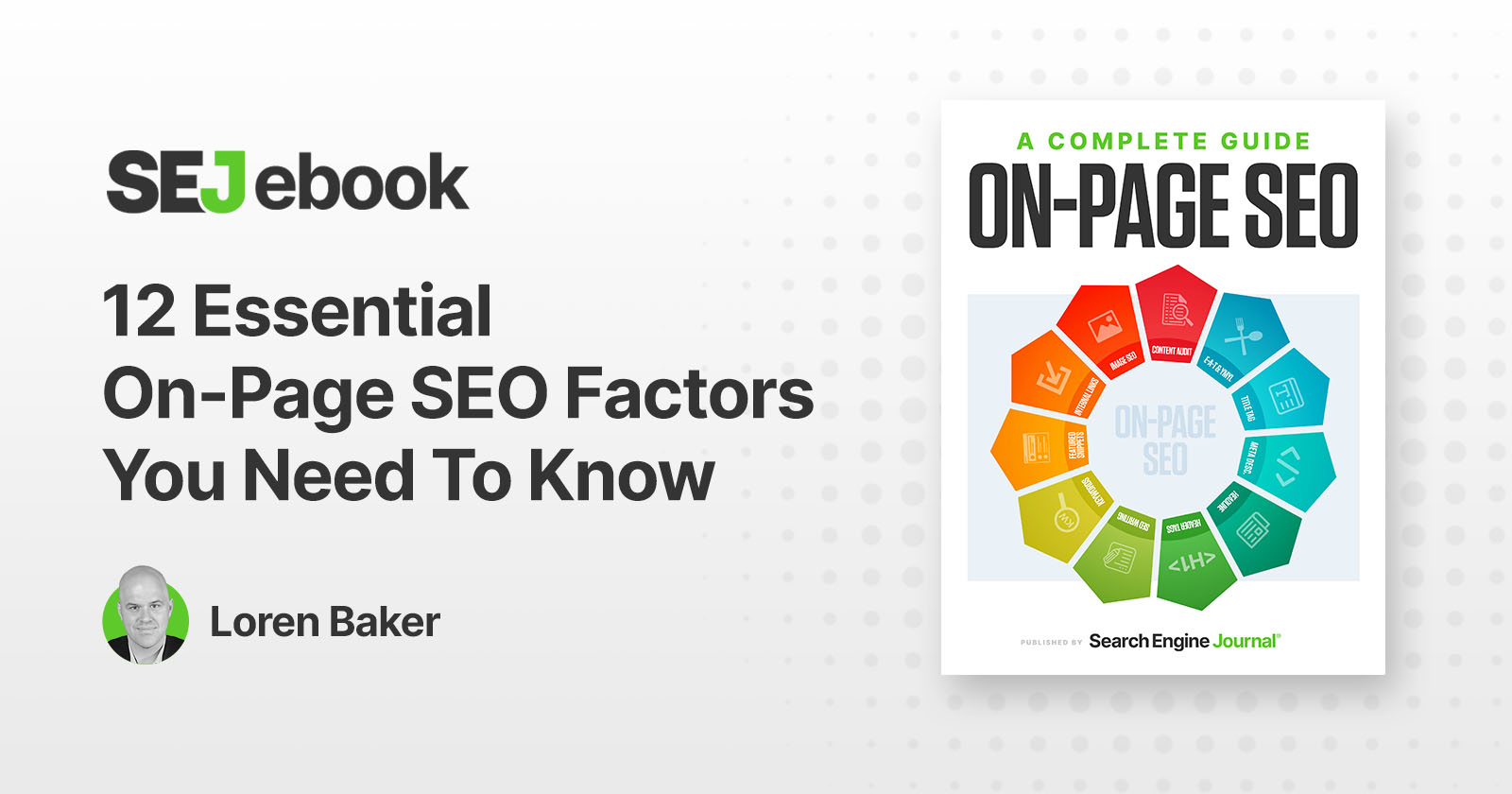How to Leverage Time To First Byte to Boost Your Page Loading Speed
Do you still find your web page loading sluggishly even after optimizing its page speed? You are probably focusing on the front-end performance of your website. I suggest you pay attention to the backend as well. That’s where page...


Do you still find your web page loading sluggishly even after optimizing its page speed? You are probably focusing on the front-end performance of your website. I suggest you pay attention to the backend as well. That’s where page loading begins.
A slow Time To First Byte is one such server-side issue that is most likely to trigger a lag in initial page loading.
If you aim to make a good first impression on your visitors, Time To First Byte is a metric you should never ignore.
Understanding and optimizing TTFB can help enhance user experience, boost your site’s performance, and improve your SEO rankings.
Let’s begin. Come on in.
What is TTFB?
Time To First Byte, or TTFB in short, is a user experience metric that denotes how long it takes for the browser to load the first byte of data from the moment the user starts navigating your site. In a nutshell, TTFB is the measurement of your website server’s initial responsiveness.
The longer it takes for the browser to receive the data, the longer it will take for the user to view your page.
Now, do not confuse TTFB with page loading speed. The two concepts may look similar but they aren’t the same.
Unlike page loading speed, which is the time it takes to load the entire page, including text, images, videos and other assets, TTFB is just the time taken for the browser to receive the first piece of information from the website the user visits.
Getting back to TTFB, here’s what happens behind the scenes.
User Request- When the user visits your page, an HTTP request is raised from their browser to your website’s server.Server Processing- Once the request is made, the server will process it in order to come up with a response.Server Response- Once the server processes the request, it sends the first byte to the browser and the user will get to see the first piece of content on your pageThe speed associated with this process is influenced by various factors, including server performance, network latency, server location and more.
Why is TTFB Important?
So, why do you have to care about TTFB at all? Let me explain.
Good First Impression
When someone visits your site, it is essential to make a good first impression. TTFB can come in handy here.
Let’s look at it from the other side. I think that will help you understand this better. What if your website’s TTFB is slow?
Even when the rest of your website loads fast, a slow TTFB can frustrate your users and lead them to think that your website is pretty unresponsive.
That said, you need to focus on TTFB to make sure that the users find your page welcoming.
Enhanced User Experience
As I said earlier, TTFB and page loading speed are two different things. I’m definitely not bailing out.
But here’s the catch. A fast TTFB allows your users to get a quick first glimpse at your page. The faster the browser gets access to the first byte, the better the chances of your page loading faster.
Now, faster page loading can make way for a smooth user experience and prompt your visitors to dwell longer on your website.
Improved SEO Performance
Google perceives page loading speed as an important user experience metric when ranking sites.
As I mentioned, TTFB plays a vital role in complementing your site speed and encouraging your visitors to spend more time on your page.
This way, it contributes to sending positive user experience signals to Google, which can boost your rankings.
ALERT. A slow TTFB can lead to increased bounce rates and create a negative SEO effect on your website.
What is a Good TTFB Score?
Alright. Now you know that a fast TTFB is essential to offer a smooth user experience and boost your SEO performance. But how fast is really fast?
That’s exactly why you need to figure out what a good TTFB score is.
Remember, the lower the time taken to deliver the first byte, the faster your site’s TTFB.
Google recommends maintaining a TTFB of 0.08 seconds or less. If TTFB meets this mark for at least 75% of visits, Google will consider it a fair TTFB score.
Google explains, “The 75th percentile is selected so that developers can understand the most frustrating user experiences on their site.”
It is true Time To First Byte isn’t part of Google’s Core Web Vitals. However, ignoring TTFB can affect your Core Web Vitals scores considerably.
TTFB is especially important for you if your site is set to deliver the initial markup quickly and then has to wait for scripts to fetch meaningful content that delivers value to your audience.
How to Measure Time To First Byte?
You can test Time To First Byte using different lab tools and field tools. Let me explain some of them to you.
Chrome User Experience Report
Using PageSpeed Insights is the simplest way to access metrics that are available in the Chrome User Experience Report.
Go to PageSpeed Insights. Type your page URL and hit enter. You will see a report like the one below, where you can locate your TTFB score.
Google Chrome DevTools
You can also test Time To First Byte using Google Chrome Dev Tools. Here’s how.
Open the corresponding page on Google Chrome. Hit “More Tools” > “Developer Tools” from the Chrome Menu. Then right-click on one of your page elements and choose “Inspect”.
Alternatively, use the keyboard shortcuts, including Ctrl+Shift+I on Windows and Cmd+Opt+I on Mac.
Navigate to the network window and check your site’s performance.
GTmetrix
GTmetrix allows you to choose a specific location to test your page URL. The location you choose can significantly impact your website metrics. Remember, the less latency, the faster your TTFB.
Once you type the page URL and hit Enter, the tool generates a comprehensive report of your website metrics.
Navigate to the Performance tab and you will see a detailed view of the metrics, including Core Web Vitals, TTFB and much more.
Best Practices to Optimize and Improve Time To First Byte
How to reduce Time To First Byte? That’s probably the question you have in mind right now. Here’s a look at some proven best practices to optimize your TTFB. Check it out.
Choose Your Hosting Wisely
Hosting is one of the primary concerns when it comes to optimizing your TTFB. Choosing a fast and reliable hosting service can come in handy to reduce your TTFB.
Consider your location options before partnering with a hosting service provider. Selecting a host who is physically located near a majority of your users can help eliminate network latency issues and impact your TTFB positively.
For example, if your visitors are from the United States, it is good to choose a hosting service based in the United States rather than choosing a provider in Australia or Europe.
Make sure you opt for a hosting service that can scale to meet your needs so that they can handle your traffic efficiently.
Reconsider Platform-Based Customization
The platform you choose to run your website on can have a significant impact on your website’s Time To First Byte.
Suppose yours is a WordPress website. The WordPress themes and plugins you leverage for your site may affect your TTFB.
Ensure that you reconsider these personalized add-ons to reduce server response times and bolster a healthy TTFB.
Leverage Caching Techniques
Using potential caching techniques such as page caching, object caching, or database caching can help reduce TTFB.
Catching allows you to store frequently requested data in a cache so that it can be offered to the user without having to download it from the server every single time.
Most often, you just have to ask your hosting provider to enable caching and then you are good to go.
Revamp Your Database
If your website’s database contains voluminous chunks of outdated content, including unused plugins, scripts and files, it may slow down your server’s response time.
So, make sure to carefully audit your site to get rid of all the unwanted information, which will otherwise hinder your TTFB progress.
Reduce Redirects
If your website has too many page redirects, the browser is likely to make more HTTP requests to the server. As a result, the server response time will shoot up, which, in turn, will delay the time taken to display the first byte.
That said, make sure that you carefully scrutinize your site’s data structure and eliminate complex, time-consuming redirects.
Implement a Content Delivery Network (CDN)
Using a content delivery network allows you to store static content, such as images and scripts, in multiple data centers across the world.
CDNs distribute content to your users from a data center close to their geographic locations. This way, you can cut short Time To First Byte considerably.
Plus, CDNs are a good way to optimize for compression. After all, inefficient handling of compression can result in slower response times and have a negative impact on Time To First Byte.
Invest in Premium DNS
DNS (Domain Network Service) does play a role in optimizing Time To First Byte. However, typical hosting services don’t offer dedicated DNS services.
Investing in a premium DNS provider will ensure DNS queries made by your visitors can be answered in low latency. This is possible with an international network of DNS servers. That practice, of course, fosters a good TTFB speed.
Keep Your PHP and HTTP Updated
Again, anything outdated is likely to go against your TTFB.
That said, you should make sure that your PHP and HTTP are up to date. Opting for a 7+ PHP and the latest HTTP protocol like HTTP/3 or /2 can give you access to cutting-edge technical features and help optimize TTFB.
Keeping your users waiting longer to see the first glimpse of your page can test their patience and prompt them to exit your page abruptly. This may happen to your site if you overlook Time To First Byte.
Unoptimized TTFB has the potential to accelerate your bounce rate and harm your site’s SEO. After all, Google doesn’t prioritize ranking sites higher if they aren’t user-friendly.
To stop this from happening to your site, make sure you monitor your TTFB score and implement the best practices effectively.

 Astrong
Astrong 































